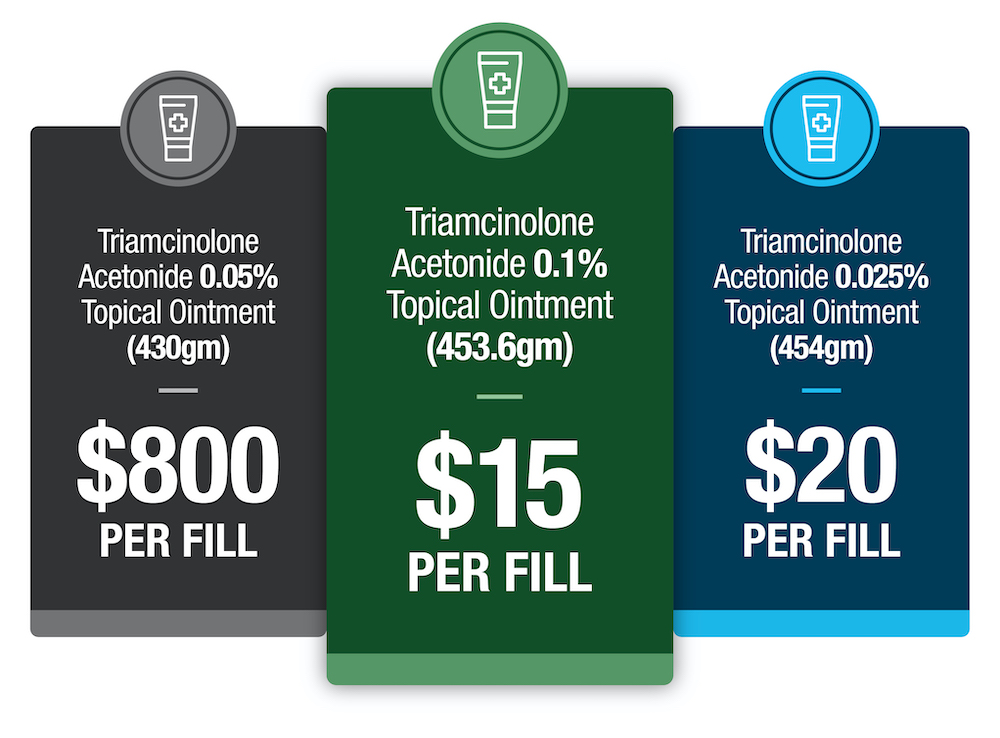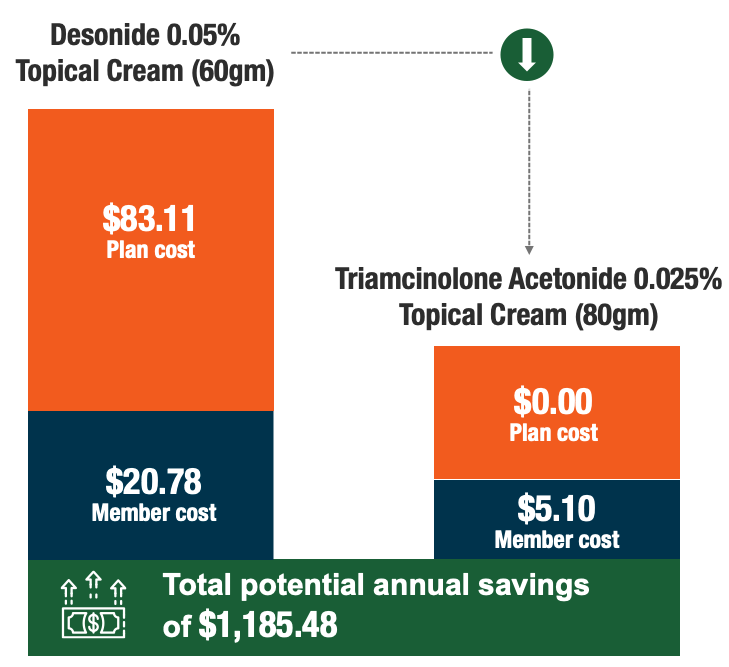Here’s the first installment in a new collection of clinical insights from our team of in-house pharmacists. These industry veterans curate, update and review our patented technology’s 30,000+ clinical, dose-adjusted savings suggestions—and they’ve got expertise to share.
Check back for more condition-focused content, featuring key trends we’re seeing in utilization, medical management, pricing, therapeutic alternatives and more.
———————————————–
In recognition of Psoriasis Action Month, let’s focus on a disease that impacts nearly 8 million people in the United States.
Condition Summary
Psoriasis is a common condition that causes a patient’s skin to become red, thick and flaky. Rashes can appear on any part of the body, although they are commonly found on the elbows, knees and scalp. In people with dark skin tones, the psoriasis spots might look darker, but the flakes on top are usually silver or white and thick. Doctors don’t yet know what causes psoriasis to suddenly appear, but family history can play a role.
Treatment
- Treatments can relieve the symptoms of psoriasis, but unfortunately the condition cannot yet be cured. Treatments work by slowing the growth of skin, controlling the immune response that causes psoriasis—or both.
- People often try different treatments or combinations before determining which works best. This is a key reason why skin disorder treatments are now in the top 10 of some recent spending reports.
- These treatments are available as topical, oral, injectable or even light (phototherapy) therapies.
- The most common therapy are topical steroids, which come in many different forms (creams, ointments, gels, foams, tapes, solutions, suspensions) and potency levels (very high, high, medium, low).
Utilization Snapshot
Rx Savings Solutions members are prescribed nearly 300 different topical steroid products to treat their psoriasis—and have spent more than $23 million so far this year. While the average claim is around $50 per fill, they can range from $4,000 to $2 per tube.
Key Trend
Triamcinolone ointment is a common treatment, and while it’s available in a variety of strengths, not all fit the same budget. The middle-strength option (0.05%) is almost 40 times more expensive than the slightly higher- OR lower-strength versions:

Why it Matters
Most prescribers don’t consider the difference in strength for this medication to be clinically significant. And if they knew about the astronomical price differences, they’d prescribe a strength their patients could afford. We know this because we help members switch to the lower-cost option all the time, reducing their costs and allowing them to remain adherent to their current therapy.
Real Member Savings
By knowing what we know, we’re able to alert members—and their providers—to the most effective treatment options and steer clear of those $800/fill surprises. We recently worked with this member’s provider to make sure they prescribed Triamcinolone in a strength that made the most sense from a clinical and financial perspective. The result: The plan’s spend is reduced to $0 and the member’s out-of-pocket costs drop to a mere $5.

———————————————–
Meet Our Pharmacists
How can RxSS find so many ways to save on prescriptions? First, we find smart pharmacists. Learn all about our Pharmacy and Therapeutics (P&T) Committee and what they do.

